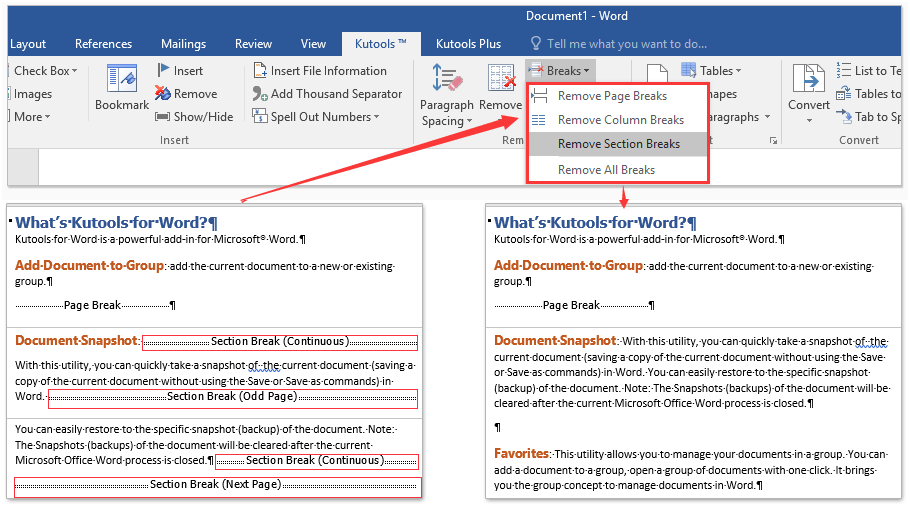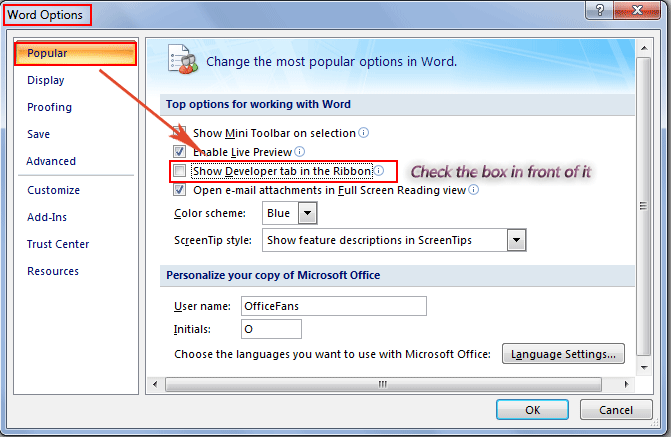

For example, when you install Adobe’s Acrobat PDF reader, it installs an Outlook add-in that lets you make PDFs out of emails. They’re intended to make it easier for you to use a product. You may never use the add-ins, or even be aware that they’re there, but they aren’t (usually) malware or anything nasty. However, most add-ins are installed automatically when you install a piece of software on your computer. You can install add-ins yourself by opening Outlook and clicking Home > Get Add-ins, which will show you some of the add-ins available to you. Once the updates settings have applied to your machine the add-ons should be disabled.Add-ins are extra bits of functionality that software providers create to hook their application into Outlook.
2 – The add-on is enabled, and users can manage the add-on from the user interface. 1 – The add-on is enabled, and users cannot manage the add-on from the user interface.  0 – The add-on is disabled, and users cannot manage the add-on from the user interface. Note that you can also apply the same settings under the User Configuration node. Open the Add-on list Setting, Enable it and then add the Class IDs of all Java add-on-s to the list. Now open the Group Policy editor and navigate to Computer Configuration \ Administrative Templates \ Windows Components \ Internet Explorer \ Security Features \ Add-on Management. Repeat the same for any other Java related add-ons. Locate the Java add-on, select and double click on it.Ĭlick on the Copy button to copy the content and paste it into notepadįile date: Today, January 13, 2013, 15 minutes agoĬlass ID: įolder: C:\Program Files (x86)\Java\jre7\bin Open Internet Explorer, then from the Tools menu select Manage Add-ons. Follow the below steps to disable Java in Internet Explorer with Group Policy.
0 – The add-on is disabled, and users cannot manage the add-on from the user interface. Note that you can also apply the same settings under the User Configuration node. Open the Add-on list Setting, Enable it and then add the Class IDs of all Java add-on-s to the list. Now open the Group Policy editor and navigate to Computer Configuration \ Administrative Templates \ Windows Components \ Internet Explorer \ Security Features \ Add-on Management. Repeat the same for any other Java related add-ons. Locate the Java add-on, select and double click on it.Ĭlick on the Copy button to copy the content and paste it into notepadįile date: Today, January 13, 2013, 15 minutes agoĬlass ID: įolder: C:\Program Files (x86)\Java\jre7\bin Open Internet Explorer, then from the Tools menu select Manage Add-ons. Follow the below steps to disable Java in Internet Explorer with Group Policy.






 0 kommentar(er)
0 kommentar(er)
